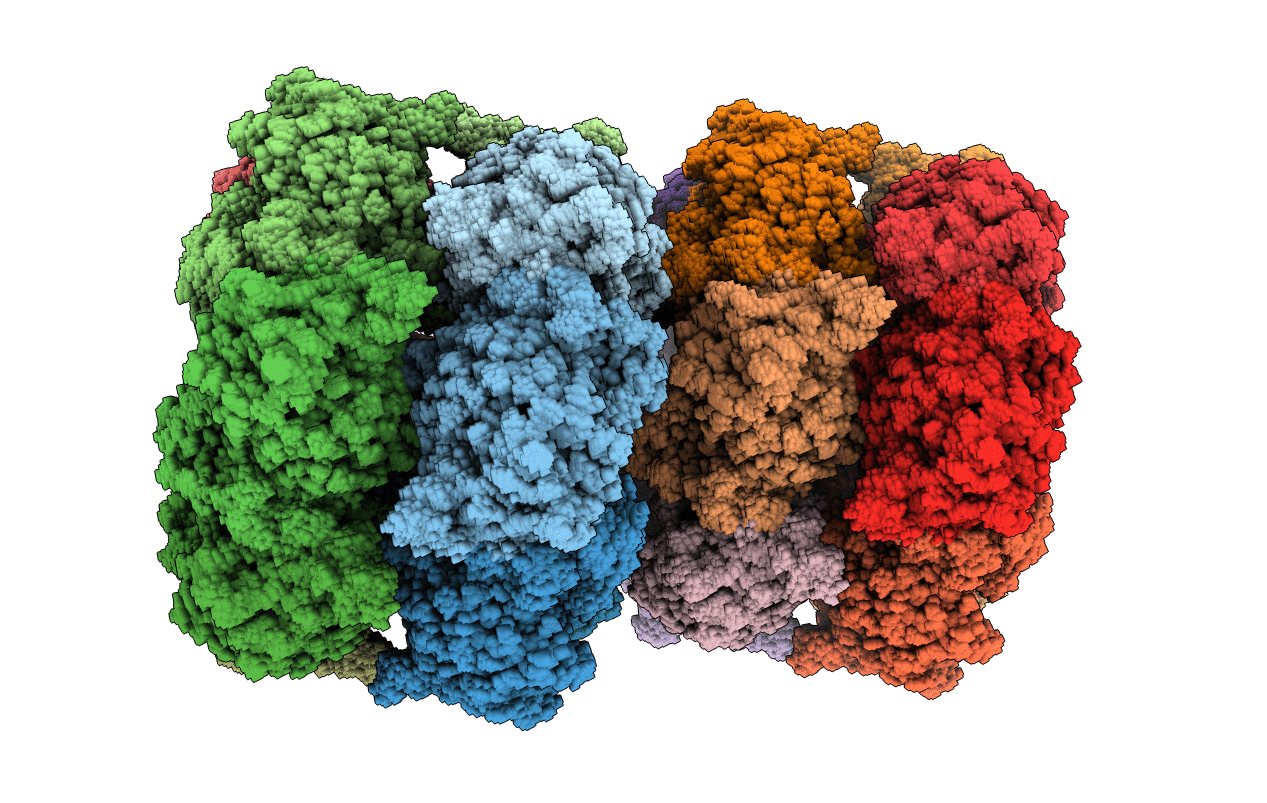
Deposition Date
2001-01-01
Release Date
2002-07-24
Last Version Date
2023-08-09
Entry Detail
PDB ID:
1HTQ
Keywords:
Title:
Multicopy crystallographic structure of a relaxed glutamine synthetase from Mycobacterium tuberculosis
Biological Source:
Source Organism:
Mycobacterium tuberculosis (Taxon ID: 1773)
Host Organism:
Method Details:
Experimental Method:
Resolution:
2.40 Å
R-Value Free:
0.22
R-Value Work:
0.20
R-Value Observed:
0.20
Space Group:
P 21 21 21


